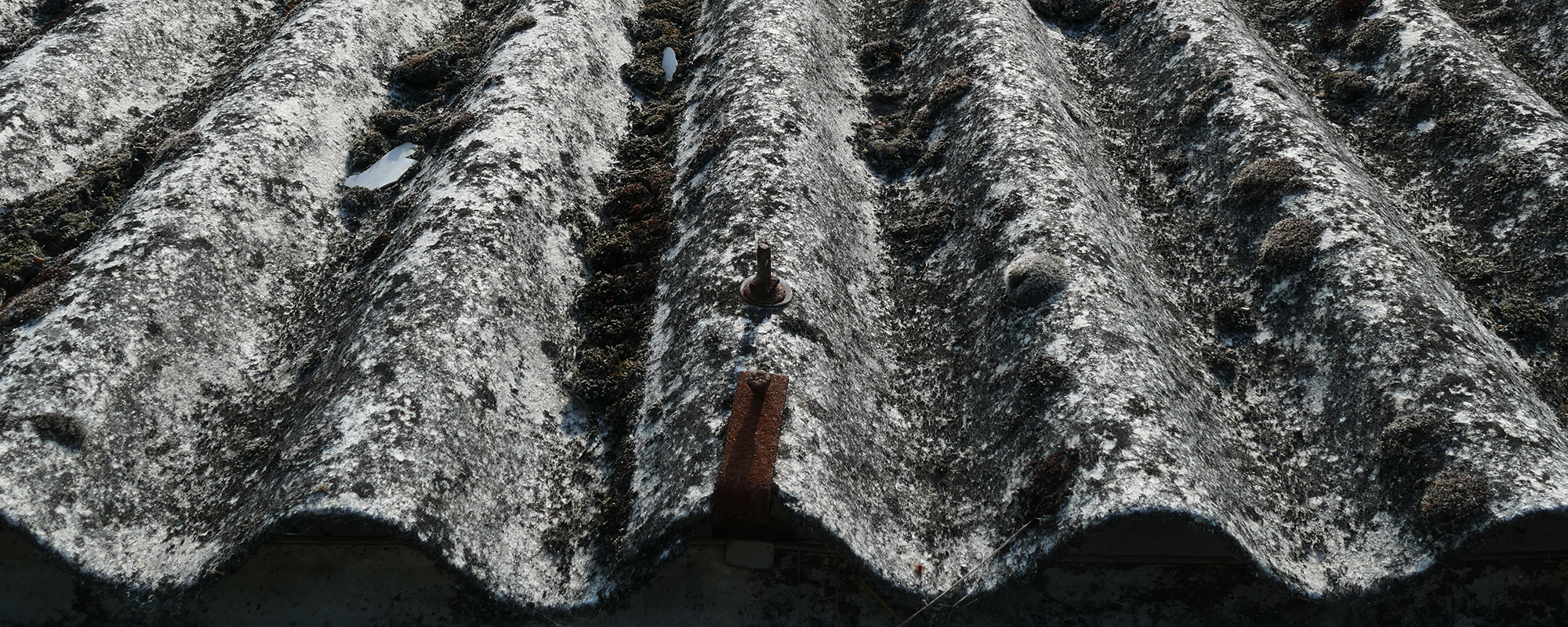I joined the Motor Trade in 1969, before knowledge was widely available about the dangers of asbestos, we used to blow the asbestos dust out of clutches and brake drums and the whole workshop would be full of it in the air, occasionally it would bring out a outbreak of tonsillitis a few days later with me.
We used to collect all the garage rubbish including brake shoes, clutches and exhausts (incidentally older exhausts had asbestos wadding in side as sound deadening) old oil filters etc. in 45 gallon drums and unload them at the local Council tips which were later covered over with soil, one is now a Velodrome and playing fields and the other one has houses built all around if not actually over it.
Some years ago I questioned my local Doctor who said rightly or wrongly that car asbestos was hard type and not a problem.???
Depends on the amount of asbestos those parts contained
@bugsymike, white asbestos is less dangerous than brown asbestos which is less dangerous than blue asbestos.
Think there's a chart somewhere that tells you how dangerous each type is and how much exposure it takes to give you cancer but automotive products probably had low levels of white asbestos in the components, asbestos isn't dodgy per se it is only dodgy if it's disturbed or sanded down or broken up etc, it's the fibres that causes cancer so you could have a train filled with 100% brown asbestos and there would be no problems for years until maybe the train is modernised or is in a crash or goes on fire then the workers and firemen would be exposed to the fibres and that's where it becomes dangerous.
My father was an insulation engineer although at the time he was classed as semi-skilled but those guys worked with the raw asbestos and mixed it with water (by hand) and made a paste to cover pipes and boilers etc in ship yards, oil refineries and huge public buildings, anywhere that had pipes and equipment that needed fire-proofed and of course joiners were at risk too because they did the same with sheet materials which would have contained certain types of asbestos as specified by the architect for certain areas of the building/ship/train etc. I think most trains were covered in brown asbestos for fire-proofing.
BTW, the dangers of asbestos were well known long before you started your apprenticeship, South African miners were dying in their thousands in the 1930s and some of them were dying with about three months exposure to the most deadly blue asbestos and mill workers here in the UK were dying after working with and being exposed to the fibres around the same time and the government of the time knew all of this, the asbestos thing was a world wide scandal and it only really stopped when Chase Manhattan bank had their new headquarters built in New York in 1970 or so and the building was full of asbestos which led to court cases for compensation from the bank and employees.
My own father died of mesothelioma after being ill for years with lung disease he received about £3000 in compensation from an employer compensation scheme when he was still alive but he wasn't able to work for about 20 years from about age 45 until he died/retired in his sixties.
Ironically asbestos is one of nature's greatest materials and one of its most deadly.
Tony
"If you were ever wondering where does asbestos come from, the key carcinogen responsible for
mesothelioma, begins when it was first discovered in a Greek quarry around 4500 years ago. Asbestos fibers were combed and spun into fire-resistant textiles such as cloaks, tablecloths, handkerchiefs, and theater curtains.
Discovery of Risks
Known risks of asbestos were discovered when slaves who worked with it started experiencing illnesses related to exposure. However, researchers didn’t understand the health risks until the modern industrialization of the western world.
Growing evidence showed breathing in the mineral’s fibers created scarring of the lungs during the first half of the 20th century. The risk of injury stemmed from inhaling or ingesting the fibers. At this time, there were no regulations or protections against exposure.
Asbestosis, a lung disease caused by inhaling its harmful fibers, was discovered in
1930 by Dr. E.R.A. Merewether. Dr. Merewether released a report proving the link between exposure to asbestos and asbestosis. This report pushed
England to take steps in the 1930s to protect workers. Lawmakers passed regulations requiring businesses to install ventilation and exhaust systems in the workplace. The first case of asbestosis was reported in the United States in 1933."
History shows asbestos use throughout the world for over 4,500 years. The ancient world recognized the carcinogen as a “magic mineral.”

www.mesotheliomahub.com





